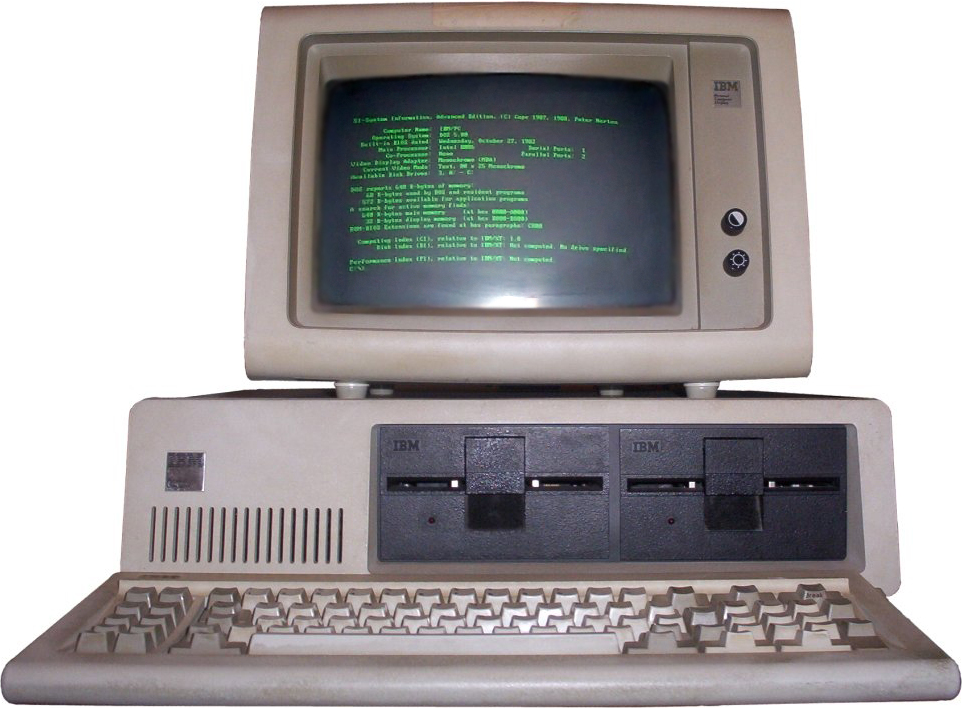
Posted on 06/08/2010 4:52:14 PM PDT by markomalley
False. Most chipset and board manufacturers work together to get these pushed out to the enterprise server market first. HP's G7 ProLiant line is supposed to have UEFI support. As corporations snatch up the latest tech gear (mine's usually first in line), the price of the technology will go down.
Initially, the price of desktop mobos may go up, but within 3 years, UEFI will be ubiquitous and no more expensive than the standard ATX BIOS mobos out there now.
This is VERY good news. I'm excited to see what this can do. The patent application is awesome. The simplification with this new tech is amazing. Combine this with Intel's Nehalem (QPI), SATA 5.0 GBps, and x64 architecture, and we're talking about machines that are going to blow the doors off of anything on the market today. Add dual- or quad-SLI graphics into the mix, and I can't even begin to imagine what the gaming market is going to look like in 5 years. BattleField Bad Company 2 is already ri-damn-diculous. This is going to make that look like Pong.
Thanks, look forward to staying current.
Where does the tin foil hat plug in, so that I can communicate with the ships in orbit behind the sun?
From Wikipedia:
"Geezer is a term for a man. It can carry either the connotation of age and eccentricity or, in the UK, that of self-education such as craftiness or stylishness."



It’s about time, but had to happen eventually.
The industry usually follows Apple in ditching old tech. Macs have been using EFI since they went Intel four years ago. Microsoft enabled EFI support on x86 Windows since Vista SP1 (on Itanium since W2K), so the ability to ship OEM Windows machines with EFI has been out there for a while. It’s just that few dared to make the leap.
But they have no choice but to do it soon. It will really hit home for consumers that they need EFI when hard drives larger than 2 TB become common because BIOS with MBR has a 2 TB limit on partitions. They’ll wonder why they can’t format their whole hard drive, or why their 3 TB drive came with two 1.5 TB partitions.
Bigger hard drives, get a GUI for pre-OS boot stuff (like on how a Mac you select your boot drive with a mouse), and a whole range of new possibilities given that the network and video cards can be functioning even before the OS boots.
This is your standard lazy. When presented with the ability to do GUI with EFI, they just re-created the old text-based BIOS UI with prettier colors and icons. No original thought as to how they could leverage the GUI to do more and be more user-friendly.
It seems to me like this could open the door for companies like Google to offer their OS on chip.

Good Ping! Thanks.
About the only thing getting better is electronics.
I was wondering what the benefit of it was...now I see. You’d think the article would have covered the reasons why it will be a must have.
The nice thing about BIOS is that it's essentially bullet-proof. Most people -- the VAST majority of users -- don't need to diddle in their computer's privates.
Oh, yeah! ( /s) C code operations might take up to 3-10 times the execution time as comparable assembly code execution time. Whenever your computer executes one of the simplest, elemental routines, finishing that routine will often take much longer, and be accumulated, multiplicatively with each iteration for more complex-yet-oft-used routines.
Let's see, do you suppose it's important for characters being placed on the screen be a fast operation?
The saving grace is that most microprocessors have so much more computing power than is used by non-technical applications, that doing this allows manufacturers to use C-trained coders instead of the more rare assembly code toads, such a I. Excess available computing power will hide the digression UEFI inherently makes.
Also, the coding work environment is homogenized and able to shed the stone knives and bearskins of debugging assembly language code and microcode. Integration (think security) between basic input/output and fancy, pretty-looking, higher-level applications is made easier for the non-assembly-conversant C-coders.
HF
HF
Wouldn’t want to have the first generation of these. Fortunately, I just recently built a new desktop that should be good for 8-10 years. Last one I had I finally retired after 9 years of service. It’s amazing how much power a modern desktop can have.
Really?
Man I want to see all of this good stuff.
Well, the 5 GBps SATA. The first generation of SATA is 3 GBps. New stuff is quite quick. I want to say it’s SATA2, but I’m not certain.
Messing with the BIOS was the only remaining island of text-based IT sanity left to me.
And now, like Guam, it's being capsized...
DOS 3.0 - the last reasonable OS Microsoft ever released.


Disclaimer: Opinions posted on Free Republic are those of the individual posters and do not necessarily represent the opinion of Free Republic or its management. All materials posted herein are protected by copyright law and the exemption for fair use of copyrighted works.